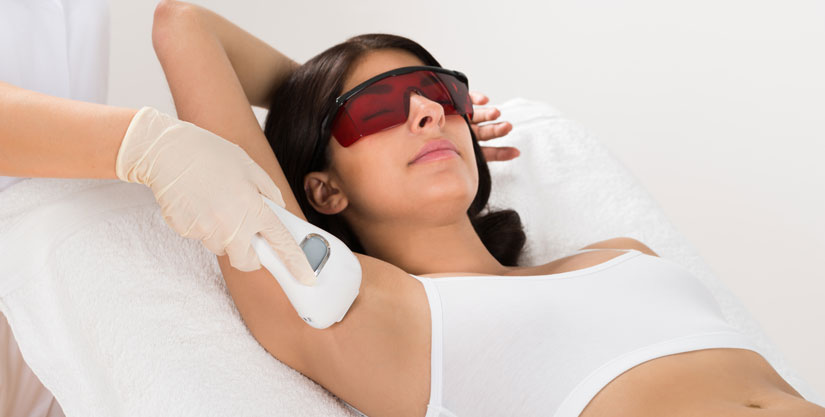- Have any question ?
- +971 55 131 0091
- info@dubailasertreatments.com
Gaining Freedom from Unwanted Tattoos with Laser Tattoo removal

People grow out of certain things at different points of life, one of these things can be a tattoo that no longer serves you. You may not like your tattoo anymore or it may depict a person, event or place that you may have outgrown.
Whatever the case may be tattoo removal has become a very easy and painless procedure thanks to laser tattoo removal. In the past people had to resort to time consuming and painful methods such as dermabrasion, Tricholoroaecetic acid (an acid that removes the top layers of skin reaching as deep into the skin as the ink), Salabrasion (scrubbing the skin with salt), cryosurgery and excision which involves excising skin grafts for large tattoos.
Early forms of tattoo removal included injecting or applying wine, lime, and garlic or pigeon excrement. Laser tattoo removal was discovered in the 20th century however it was first performed with continuous wave lasers initially and later with Q switched lasers that use non-invasive ways of removal of tattoo pigments using Q switched lasers. Typically, these lasers work best on darker colored inks.
Some frequently asked questions regarding laser tattoo removal are the following:
How does laser tattoo removal work?
In laser tattoo removal the doctor first applies a topical local anesthetic on the area that needs to be treated, then he gives you eye protection and uses a hand held laser device that emits quick pulses of laser and instantly absorbs the tattoo ink penetrating deep into the skin layers. You can see the tattoo ink coming off immediately.
How many treatments are required to remove a tattoo?
Amateur tattoos generally require 3 to 5 sessions with monthly intervals whereas professional tattoos require 8 to 10 sessions with monthly intervals. It also depends upon the size and color of the tattoo.
Is laser tattoo removal painful?
Since the lasers use high intensity of heated pulses, the treatment does cause discomfort but some kind of topical anesthetic is applied. Most patients equate the pain of tattoo removal similar to getting a tattoo. The pain tends to decrease as treatment progresses and the tattoo ink fades. Most patients tolerate the discomforts but if their threshold for pain is low, they can opt for local anesthesia.
 +971 55 131 0091
+971 55 131 0091


